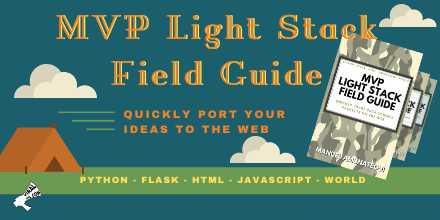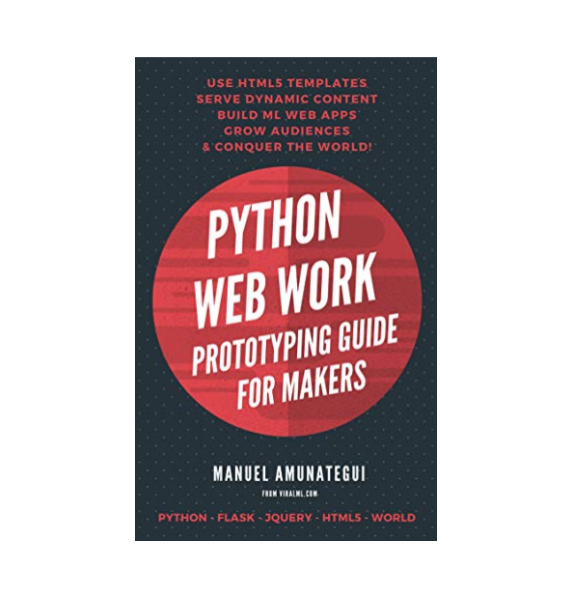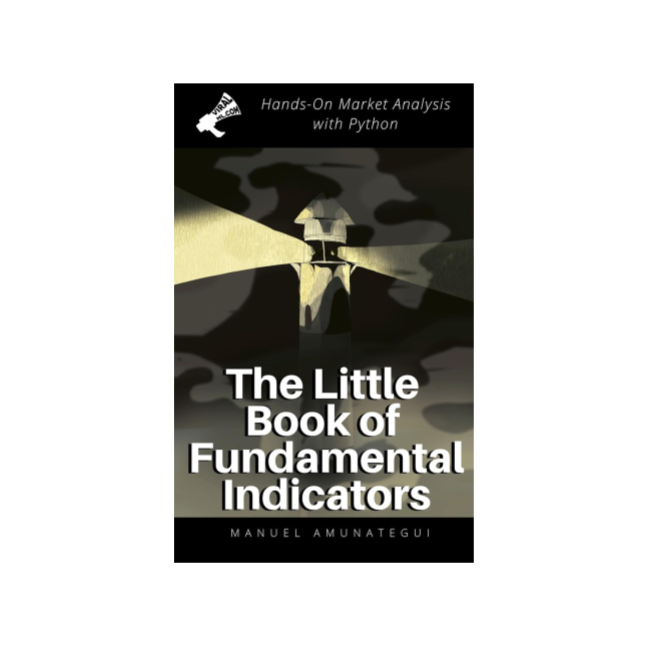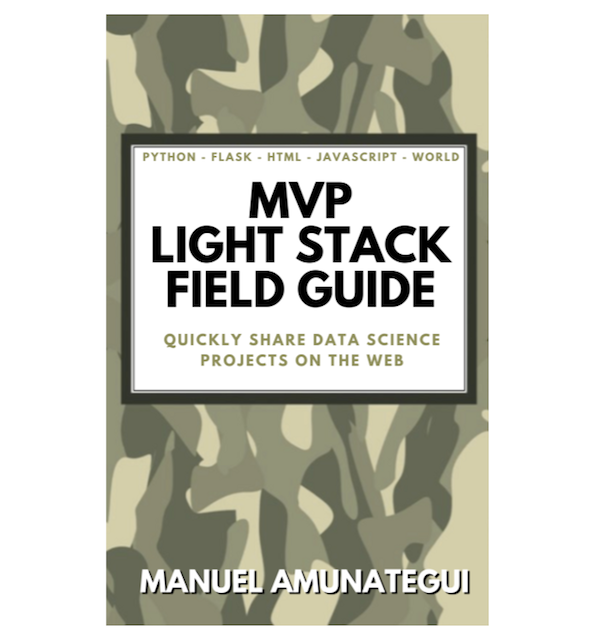
It’s About the Story, Even on Twitter

“Fact is, no one cares about your marketing goals. But everyone likes a good story” (Shane Snow)
Writing a story on Twitter isn’t easy. But what if we layered a series of tweets, one leading into the next, to build a much bigger story. Imagine the possibilities — the ability to share much larger stories, to engage with the community by lengthening or shortening the story based on likes or even changing the narrative based on feedback. Wouldn’t that be fun?
You could think of each tweet as a paragraph or a chapter. At 280 characters or less, it would be amongst the shortest chapters in existence.
Writing the Shortest Chapter Ever
Well, that’s not exactly true, according to “The 20 Shortest Chapters in literature”, there are chapters with no content at all — can you even tweet a blank tweet?
One of my favorites in that list is from the book ‘The Easy Way To Stop Smoking’ and the empty chapter titled “The Advantages of Being A Smoker”.
But that’s not a fair comparison — a Tweet is 280 character INCLUDING the title and not only does it have to be clear and to the point, it also has to hook the reader. It has to cajole him or her to finish reading and infuse enough curiosity to patiently wait for the next tweet… so empty tweet gimmicks aren’t going to cut it.
But Can It Be Done?
A story only works if people are paying attention. Well, we’re talking about Twitter, the place where we all pay way too much attention — so that battle is won. Next, you have to reel them in. Clearly, a retweet won’t do. You have to put yourself out there. You have to convince them to take the journey. You have to lead them, one tweet at a time, and hopscotch towards a climactic end — and that’s only possible if you plan out your storytelling strategy accordingly.
Storytelling Basics
A good story is formulaic — this is good, as it will make our work of mapping our tweets that much easier.
- We need a hero — preferably somebody our readers can relate to
- We need conflict or a problem
- Our hero makes a decision and/or takes action
- Finally, we get to analyze the effects of that decision, make it moral or not, funny or sad, with or without a call to action
So, our job is to superimpose our message, whatever it is, over those 4 basic steps. The first tweet, for example, we could present our hero, a problem and, of course, insinuate that more tweets are to follow… easy-peasy.
Looking towards TV Ads for a Simple Example
This reminds me of a powerful ad for Guinness that I read about called “The Empty Chair”.
A short commercial is a great analogy for a tweet series. It is short, quick, and visual. Here, our hero is the bartender who has a problem. She fights hard by protecting a table while ignoring incredulous stares.
It is only at the end we see that a soldier returns and takes his seat at the table to drink a pint of Guinness and it all starts making sense. The way it is set up gets us immediately curious and engage -we desperately want to know ‘why’ she is acting this way.
The imagery is simple, powerful and emotional and it’s a beer commercial!!!
You can really tell a story about anything under the sun, so why not using tweets? For example:
“What’s wrong with the bartender? She keeps a pint of Guinness on an empty table and yelled at me for grabbing the chair. But why? It’s driving me nuts. I’m going back there tomorrow and will report back…” #FollowThisStory
Key Hashtag
Some form of identifying hashtag and incremental index number will make it easier for the readers and the writers to follow along.
Why Bother?
The idea came to me when looking at ways of engaging with my Twitter community. I recently started a new project called KeepTheTalk.com, which houses a series of tools and tips to help manage a Twitter feed. I thought sharing the excitement of this venture in a Tweet-like mini-series would not only help with engagement but also get the word out on the project itself.
#ViralMl2 is my hashtag about my foray into bootstrapping a business. These are the tools I have used so far to get KeepTheTalk going. I will shortly announce the business itself using that same hashtag.
This approach, if successful, builds community engagement by keeping others informed and involved if they chose to comment. Twitter is a big microphone and its a shame to only use it for retweets…
Thanks for reading!
If you are looking for branding help or want to apply similar techniques at scale, don’t hesitate to contact me at information@keepthetalk.com

Follow my latest project at KeepTheTalk.com
Manuel Amunategui, Curator ViralML.com, Founder KeepTheTalk.com.Author of “Grow Your Web Brand, Visibility & Traffic Organically: 5 Years of amunategui.github.Io and the Lessons I Learned from Growing My Online Community from the Ground Up”





